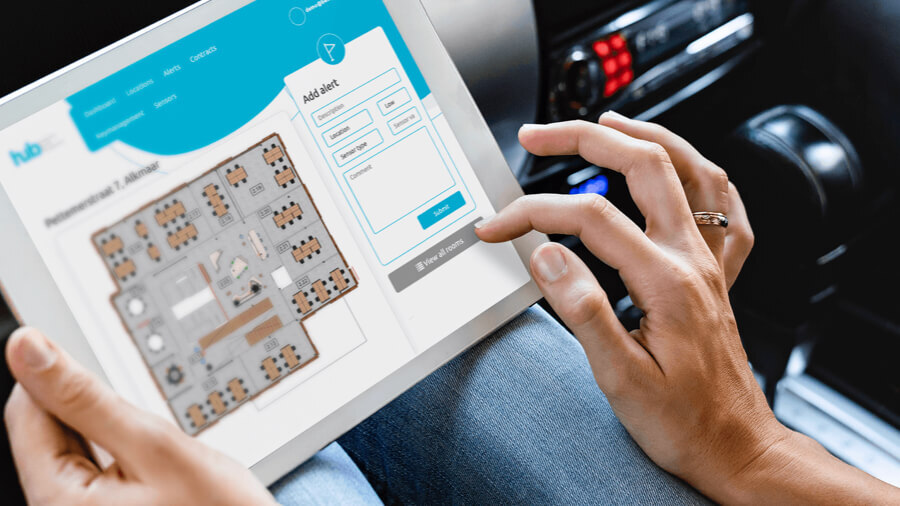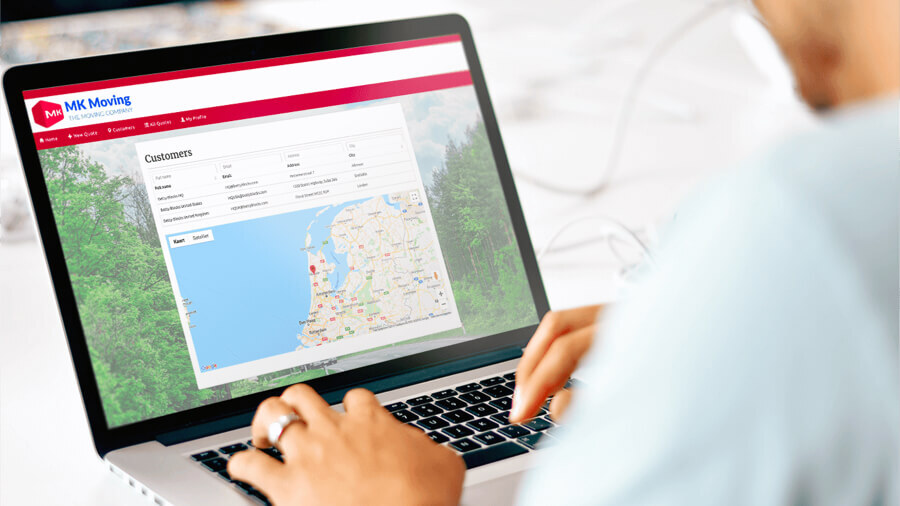Low-code Application Development
Betty Blocks allows businesses to rapidly build applications and tools using an easy-to-use low code platform. Trained developers can customize any app as needed, while employees with no programming experience can take ownership of technical projects.



















 Chris Obdam, CEO at Betty Blocks
Chris Obdam, CEO at Betty Blocks
